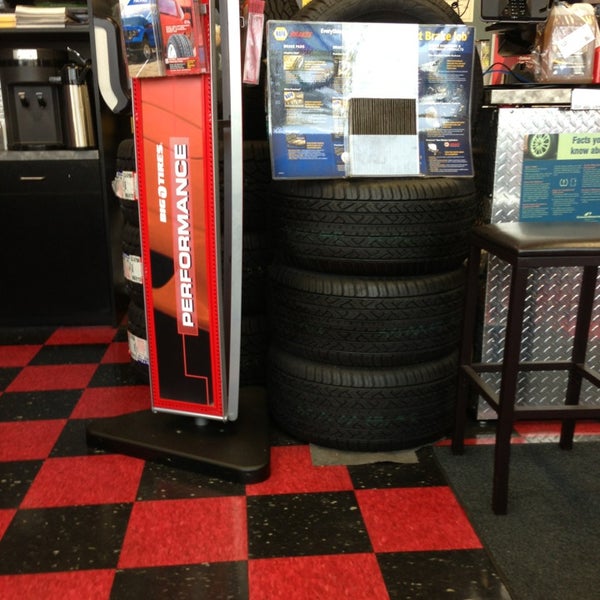Year Business Began: 1962
Franchising Since: 1982
Headquarters: Palm Beach Gardens, Florida
Estimated Number of Units: 465
Franchise Description: Big O Tires, LLC is the franchisor. The franchisor’s parent company is TBC Corporation. The franchisor offers franchises for the operation of retail stores selling and servicing tires and related automotive products. The franchisor offers two franchise models: product distribution franchises and business format franchises. According to the franchisor: From a retail perspective, consumers should not see any substantive difference in the experience that they are provided.
Training Overview: The franchisor makes available to franchisees the online learning management system, www.BigOTiresAcademy.com. The franchisor also will provide an initial online training program and the facilitated training program for one person. The curriculum of the facilitated training program may be conducted at our company training facilities, in an online virtual classroom, or at any geographical location, in the franchisor’s discretion.
Additionally, field training and operations certification will be conducted at a Big O Store designated by the franchisor. The number of weeks of this initial training will be the number specified by the franchisor in its discretion; currently, the franchisor specifies approximately one or two days of online training, two weeks of facilitated training, two weeks of required field training and two weeks of optional field training. The franchisor may periodically offer online training classes and host webinars for franchisees. The franchisor holds national conventions, which are currently held annually, but that is subject to change at the franchisor’s discretion. Franchisees (or their approved representative) must attend the first national convention after their store opens for business.
Territory Granted: The Franchise Agreement grants to the franchisee the right to operate one Big O store at a single location. Subject to certain limitations, the franchisor agrees not to operate for itself or grant to any other person the right to operate any more than one Big O store for every 50,000 persons residing in the franchisee’s trade area.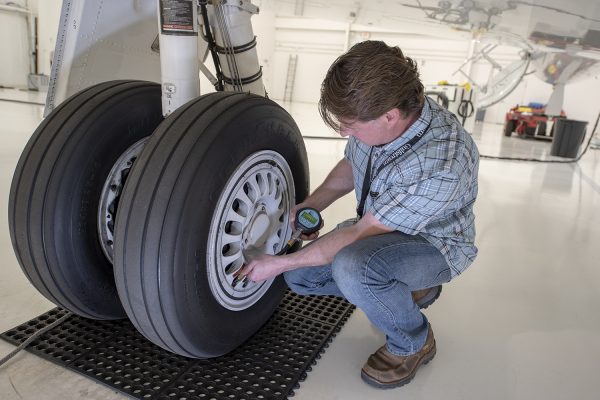 The franchisor may, in its discretion, redefine the trade area as population increases or moves within the trade area.
The franchisor may, in its discretion, redefine the trade area as population increases or moves within the trade area.
Obligations and Restrictions: The Big O store will only be operated by the operator or a manager employed by the franchisee who is subject to approval by the franchisor. The franchisor, in its discretion, may exercise the right to approve or disapprove the original and later operators and managers. The operator or manager shall complete, to the franchisor’s reasonable satisfaction, all training programs, which it requires or provides at the time as it may reasonably prescribe. Franchisees must comply with all published rules, regulations, policies and standards established by the franchisor, including those contained in the manual.
Term of Agreement and Renewal: The length of the initial franchise term is 10 years. The term can be renewed for an additional 10 years, if requirements are met. The franchisor may agree to a shorter term, in its sole discretion, if the franchisee’s sublease or lease term does not equal the full term of the Successor Franchise Agreement.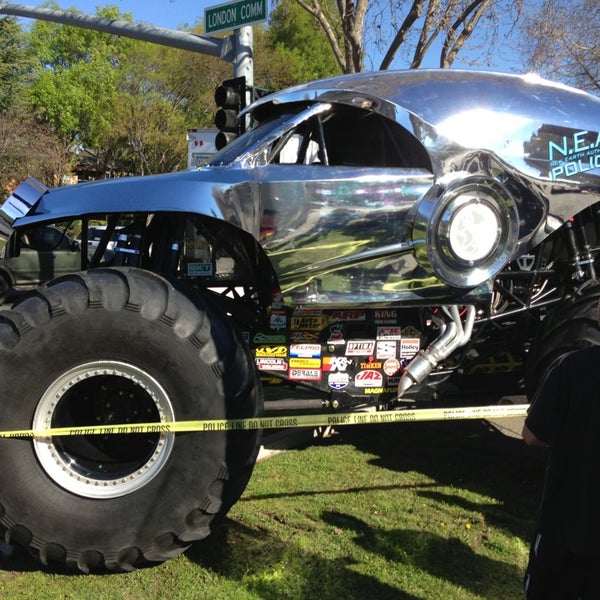
Financial Assistance: The franchisor currently offers two financing programs to franchisees. All financing options and terms are provided at the discretion of the franchisor, which may be affected by such factors as: accounting rules, business and regulatory requirements, creditworthiness of franchisee, benefit to Big O and the availability of funds from internal or other sources. The franchisor may deny participation in any of these programs to any franchisee on this basis, for any other reason or for no reason. Big O franchisees are eligible for expedited Small Business Administration (SBA) loan processing through the SBA’s Franchise Registry Program.
Investment Tables:
| Name of Fee | Low | High |
|---|---|---|
| Initial Franchise Fee | $10,000 | $35,000 |
| Initial Training - Fees, Travel & Lodging Expenses | $1,000 | $7,800 |
| Real Estate Leases (One to Three Months' Rent Plus Security Deposit) | $24,000 | $80,000 |
| Equipment, Fixtures and Other Fixed Assets | $100,000 | $320,000 |
| Construction, Remodeling, Leasehold improvements and Decorating Costs | $25,000 | $500,000 |
| Signs | $10,000 | $75,000 |
| Grand Opening Advertising | $10,000 | $50,000 |
| Initial Inventory | $75,000 | $150,000 |
| Insurance and Other Security (3 months) | $3,000 | $5,500 |
| Computer Hardware and Software | $20,500 | $33,500 |
| Non-Recurring Pre-opening Costs | $5,000 | $35,000 |
| Additional Funds (up to 12 months) | $50,000 | $150,000 |
| ESTIMATED TOTAL* | $333,500 | $1,441,800 |
*The estimated initial investment range is for a product distribution franchise.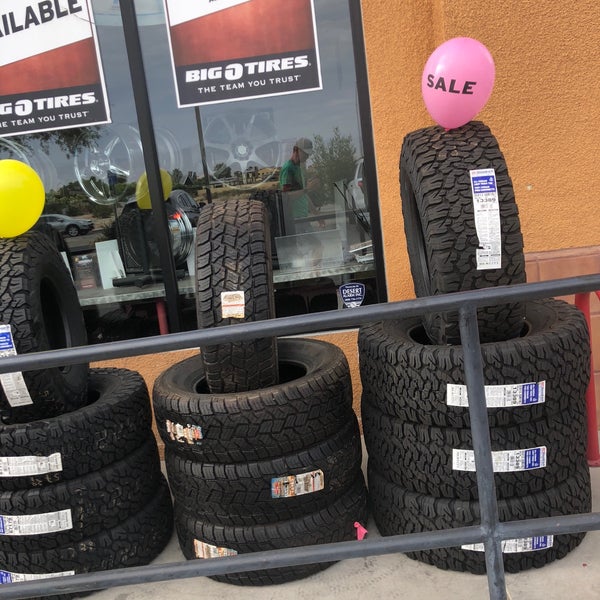
| Type of Fee | Amount |
|---|---|
| Royalty (Product Distribution Franchises) | 2% of each month’s gross sales. |
| “Local Fund” for Advertising and Related Expenditures | A minimum of 4% of each month's gross sales, subject to increases or reductions in certain cases (currently reduced to a minimum of 3.6% based on certain marketing programs). |
| National Marketing Fee | Currently set 0.9% of each month's gross sales (raised from the amount of 0.25% while certain marketing programs are in effect). |
| National Auto Service Warranty and Roadside Assistance Plan | Currently $75 per store, per month, but can be changed by vendor. |
| Tire Protection Plan Service Contract Administration Fee (TPP Fee) and Consumer Liability Insurance Policy Fee (CLIP Fee) | $1.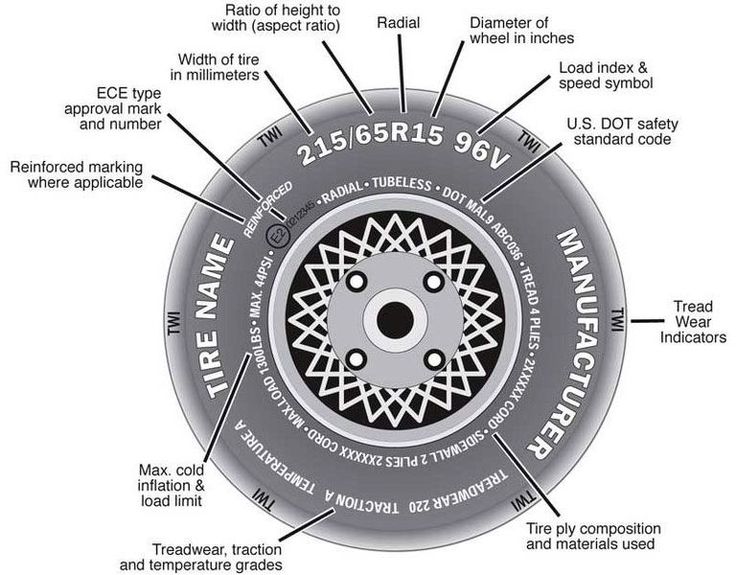 20 per tire. 20 per tire. |
| Point of Purchase Packages | Not more than $1,500 per year, as adjusted each year in accordance with Big O policies. |
| Market Reservation Fee | Will vary by circumstances, but generally will be in the range of $2,500 to $6,000. |
| Retail Accounting Centers (RAC) | Varies based on services provided, but not less than $200 per month. |
| National Fleet Accounts Administrative Fees | Varies, currently 1.25% of gross sales plus $.95 per transaction to certain national fleet account customers. |
| AMRA Motorist Assurance Program Fees and Dues | Currently $1.00 per year, but subject to change. |
| Transfer Fees | $5,000 upon a transfer involving an assignment of the Franchise Agreement or a change in control. If the transfer does not involve an assignment of the Franchise Agreement or a change in control, the transfer fee is equal to Big O's expenses relating to the transfer up to $1,500.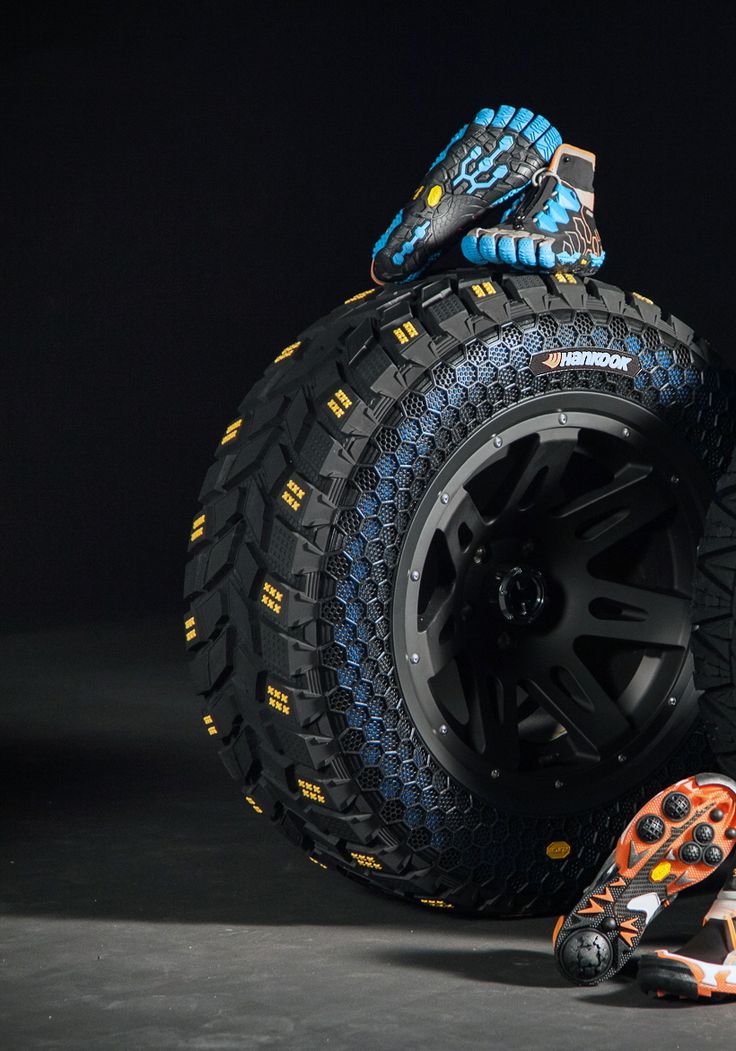 |
| Insurance Administrative Surcharge | 10% of cost of insurance. |
| Interest on Late Payments | Lesser of 18% per year or maximum rate of interest allowed by law. |
| Successor Franchise Administration Fee | Varies. |
| Real Estate Rental and Fees | Payable to the franchisor if it owns or lease the store location and it leases, subleases or assigns it to the franchisee. |
| Training Fees | Will vary. |
| Training Fees (BigOTiresAcademy.com) | No charge during the first partial year until the next March 31; charges may apply in future years. |
| National Convention Registration Fees | Varies depending on location and cost of the national convention. The most recent national convention fee was $499 per adult. Occasionally such fees have been waived for early registration or in conjunction with meeting certain sales targets.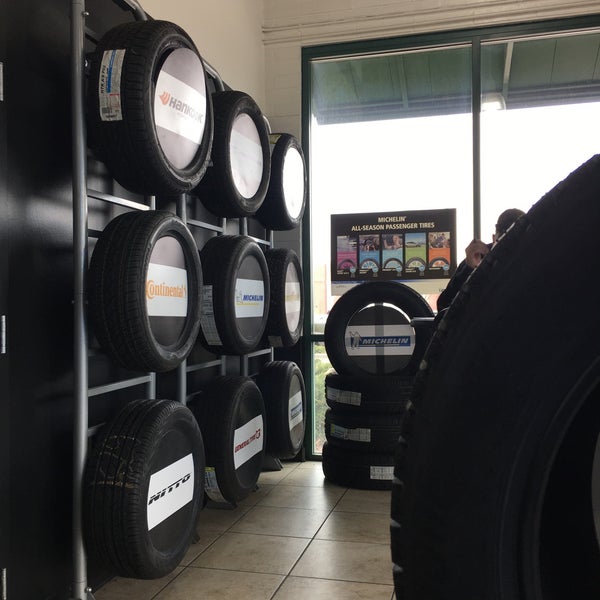 |
| Resale Fee | $5,000 |
| Products and Services | Will vary. |
| DST End User Software License Agreement Fees | Amount per store: 1. One-time Fees: a. License fee: $1,200 b. Installation fee: $1,800 c. Conversion fee: $600 d. Store Training and On-Site Go-Live Support Fees: $6,400-$7,500 (for 5 days of training that also covers typical travel, lodging and meals expenses) 2. Monthly Maintenance and Support: $274 per month, which may be raised in accordance with the DST End User Software License Agreement. 3. Transfer Fee: $240 |
| QuickBooks Accounting Integration Fees | a. QuickBooks License – Premier Accountant Edition - $500 - $1,000 b. QuickBooks License – Enterprise Edition – $2,000 - $3,000 per year c. QuickBooks Training - $1,500 d. QuickBooks Setup on Store Server - $180 e. QuickBooks Support during Integration - $1,200 f. 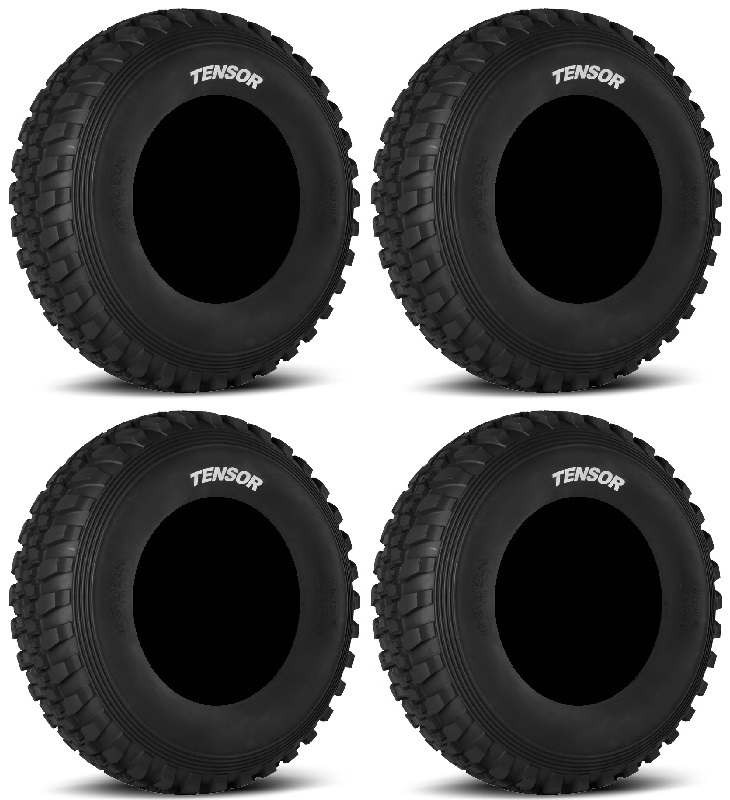 QuickBooks Creating Beginning Balances - $1,000 per store QuickBooks Creating Beginning Balances - $1,000 per storeg. Qvinci - $209.95 per year |
| Fees for Miscellaneous Assistance | Will vary. |
| Indemnification | Will vary under circumstances. |
| Costs and Attorneys’ Fees | Will vary under circumstances. |
| Audit Fees | Will vary under circumstances. |
| Bond | Varies; actual amount determined by the franchisee’s local group. |
| Rebill Charge | Currently 0.69% to 19.9% of the price of the tires purchased (or up to 36.64% for trailer tires), subject to change. |
| Interest | The franchisor may charge franchisees interest on various loans or other advances. |
| Product Transfer Payment and Administrative Fee | Product Transfer Payment: The difference between the price paid by a BFF Store and the price that would have been paid by a PDF Store; Administrative Fee: $500 per occurrence of incorrect reporting of a product transfer. 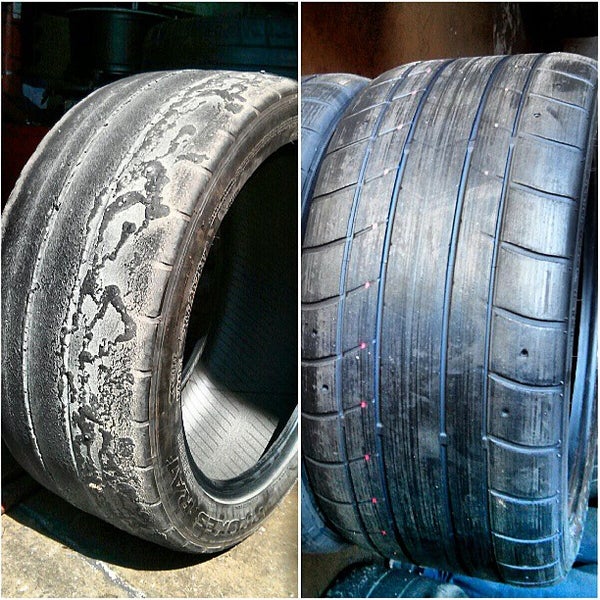 |
| Regional Funding Plan Fee | Varies, currently in the range of $0.10 to $1.65 per tire, depending on the RDC and the location of the purchaser. |
| Manual Processing Fees | Varies, not to exceed $75 per occurrence. |
The above information has been compiled from the FDD of Big O Tires. Year of FDD: 2022.
Franchise Direct's Disclaimer
Please enter your details to request a FDD download link
First name *
Last name *
Email *
Country * CountryAfghanistanAlbaniaAlgeriaAmerican SamoaAndorraAngolaAnguillaAntigua and BarbudaArgentinaArmeniaArubaAustraliaAustriaAzerbaijanBahamasBahrainBangladeshBarbadosBelarusBelgiumBelizeBeninBermudaBhutanBoliviaBosnia and HerzegovinaBotswanaBrazilBrunei DarussalamBulgariaBurkina FasoBurundiCambodiaCameroonCanadaCape VerdeCayman IslandsCentral African RepublicChadChileChinaChristmas IslandCocos IslandsColombiaComorosCongoCook IslandsCoral Sea IslandsCosta RicaCroatiaCubaCyprusCzech RepublicDemocratic Republic of the CongoDenmarkDjiboutiDominicaDominican RepublicEast TimorEcuadorEgyptEl SalvadorEquatorial GuineaEritreaEstoniaEthiopiaFaroe IslandsFalkland IslandsFijiFinlandFranceFrench GuianaFrench PolynesiaGabonGambiaGazaGeorgiaGermanyGhanaGibraltarGreeceGreenlandGrenadaGuadeloupeGuamGuatemalaGuineaGuinea-BissauGuyanaHaitiHondurasHong-KongHungaryIcelandIndiaIndonesiaIranIraqIrelandIsraelItalyIvory CoastJamaicaJapanJordanKazakhstanKenyaKiribatiKosovoKuwaitKyrgyzstanLaosLatviaLebanonLesothoLiberiaLibyaLiechtensteinLithuaniaLuxembourgMacauNorth MacedoniaMadagascarMalawiMalaysiaMaldivesMaliMaltaMarshall IslandsMartiniqueMauritaniaMauritiusMexicoMicronesiaMoldovaMonacoMongoliaMontenegroMontserratMoroccoMozambiqueMyanmarNamibiaNauruNepalNetherlandsNetherlands AntillesNew CaledoniaNew ZealandNicaraguaNigerNigeriaNiueNorfolk IslandNorth KoreaNorthern Mariana IslandsNorwayOmanPakistanPalauPanamaPapua New GuineaParaguayPeruPhilippinesPitcairn IslandPolandPortugalPuerto RicoQatarReunionRomaniaRussiaRwandaSaint Helena, Ascension and Tristan da CunhaSaint Kitts and NevisSaint LuciaSaint Pierre and MiquelonSaint Vincent and the GrenadinesSamoaSan MarinoSão Tomé and PríncipeSaudi ArabiaSenegalSerbiaSeychellesSierra LeoneSingaporeSlovakiaSloveniaSolomon IslandsSomaliaSouth AfricaSouth KoreaSpainSri LankaSudanSurinameSwazilandSwedenSwitzerlandSyrian Arab RepublicTaiwanTajikistanTanzaniaThailandTogoTokelauTongaTrinidad and TobagoTunisiaTurkeyTurkmenistanTurks and Caicos IslandsTuvaluUgandaUkraineUnited Arab EmiratesUnited KingdomUnited States of AmericaUruguayUS Outlying IslandsUzbekistanVanuatuVenezuelaViet NamVirgin Islands (British)Virgin Islands (US)Wake IslandsWallis and FutunaWest BankWestern SaharaYemenZambiaZimbabwe
City *
State *
Franchise Direct's reputation for integrity in the franchise industry has been established over our 20+ years in business.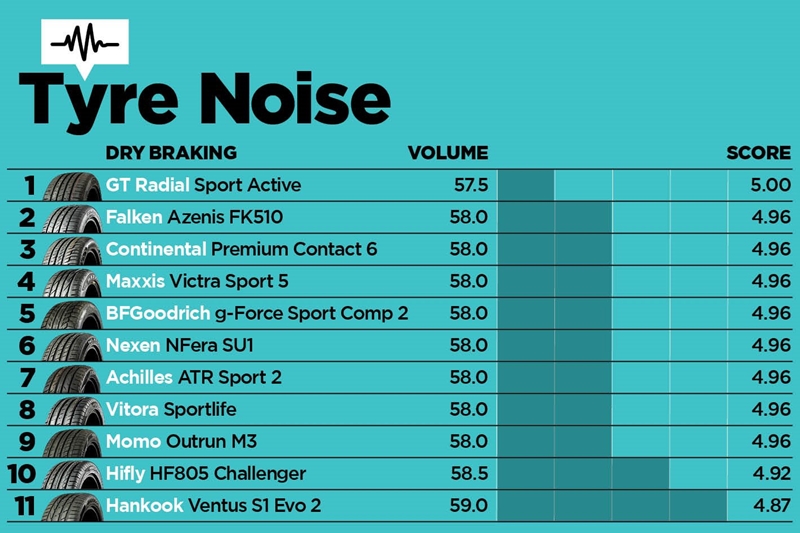 We NEVER sell your information or share it with anyone other than the companies from which you have requested information.
Please view our privacy policy.
We NEVER sell your information or share it with anyone other than the companies from which you have requested information.
Please view our privacy policy.
Get In Touch
If you’re a seasoned investor looking for a way to grow your portfolio, if you’re currently in the auto care industry and want to break into new revenue streams, if you’re ready to be your own boss in an essential industry, now’s the time to think about a tire franchise opportunity with Big O Tires!
Since 1962, customers have trusted Big O Tires for all their tire and automotive service needs. Today, we have over 465 Big O Tires locations across the country, and we continue to grow. We’re looking for ambitious, financially qualified franchisees who are motivated and committed to excellence in customer service. Could you be the person for our tire dealership franchise offering?
We know as an investor you’ve got options, and if you’re smart, you’re doing your homework. But once you’ve done it, we’re sure you’ll come away appreciating everything a Big O Tires franchise opportunity has to offer.
But once you’ve done it, we’re sure you’ll come away appreciating everything a Big O Tires franchise opportunity has to offer.
A Proven Business Model
We’ve laid the groundwork with time-tested processes and procedures that take a lot of the guesswork out of running your franchise
Learn More
A Brand People Trust
Ours is a name that communities already know and trust, making it far easier for you to establish and grow your car service franchise to meet your community’s needs quickly.
Learn More
Comprehensive Support
We’ll help you with site selection and development, merchandising and inventory management, marketing, purchasing power, and much more!
Learn More
Furthermore, through our parent company, TBC Corporation, you’ll have access to an unparalleled distribution and supply chain network, with more than 100 distribution centers across the United States — making your Big O Tires franchise the go-to source for quality, affordable tires and automotive care.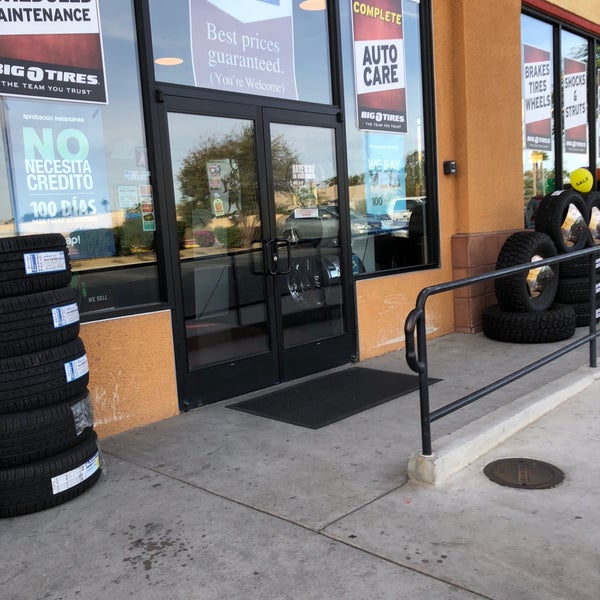
Our brand is not only robust, but it’s also resilient! We’re part of an essential industry that can weather economic challenges in ways others can’t. Americans love their cars, and more and more of them are keeping their vehicles on the road longer. Your Big O Tires oil change franchise will help them do so!
$0B
the annual value of our industry*
0M
the number of vehicles on the road in the US*
the average number of years cars stay on the road in the US*
The Opportunity
These numbers translate into one Big O-pportunity!
If this sounds like you,
we want to hear from youso let’s talk!
Some Numbers to Consider
We’re proud to offer a 50% discount off our franchise fee to qualified veterans, first responders, and candidates who have automotive leadership experience of at least 10 years.
Our franchise fee:$35,000
Lorem Ipsum Dolor
85%
Royalty:3.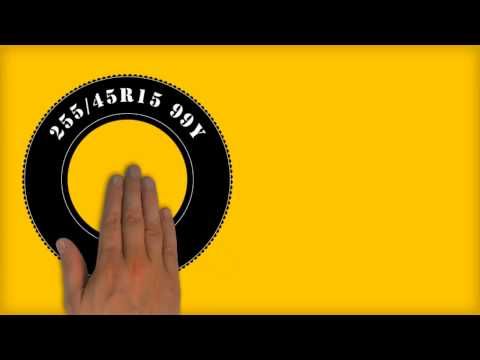 5% to 5%
5% to 5%
Lorem Ipsum Dolor
85%
Minimum liquidity:$100,000
Lorem Ipsum Dolor
85%
Minimum net worth:$300,000
Lorem Ipsum Dolor
85%
Estimated Total initial investment:$333,500 - $1,441,800
Lorem Ipsum Dolor
85%
The Investment
We know the Big O Tires brand can only grow if our franchisees grow, too, so we don’t leave their success up to chance. Our comprehensive training and support are unmatched and feature:
Core courses on best practices and fundamentals, including the sales process, bookkeeping, tire changing, and mechanical service and repair
Guidance and mentoring from tenured, well-performing franchisees
Overviews on distribution, finances, and supply chain management
Extensive documentation with detailed answers about the business including, standards, policies, and procedures
With the Big O Tires team by your side, you’ll be in business for yourself, never by yourself!Training and Support
The Heart of Big O Tires
We’re more than tires and cars.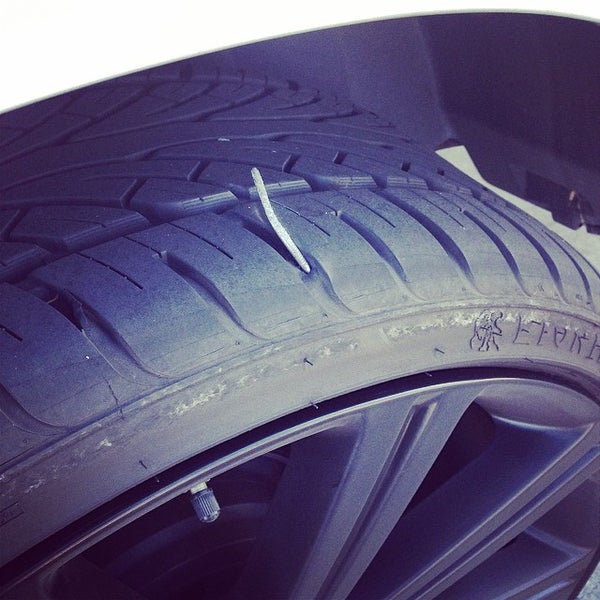 Much more. We’re a family of talented, hardworking people who believe in providing the very best in products and services every time. Our commitment to satisfaction is also at the heart of our promise to our franchisees — to be there for them at every turn!
Much more. We’re a family of talented, hardworking people who believe in providing the very best in products and services every time. Our commitment to satisfaction is also at the heart of our promise to our franchisees — to be there for them at every turn!
Our Vision
Our Values
Our Mission
Big O Tires is a trusted leader in the tire and automotive services industry. We select only the best, most passionate franchisees to join us because legendary customer service is not optional. It’s required.
· Build trust in our customer and franchisee relationships
· Deliver legendary customer service
· Provide the highest quality products at a great value
· Give back to our communities
· Adapt and improve every day to grow and win in the marketplace
· Preserve our heritage as we execute our future
Delight our customers through honest, worry-free tire and auto service and empower our franchisees to grow and achieve their business goals.
Come Grow with Us!
Legend:
Existing Big O States
Potential Growth States
Since 2016, the Big O Tires brand footprint has expanded by 17%, and we have no intention of slowing down! Check out our territory map below, and don’t worry if you don’t see your area.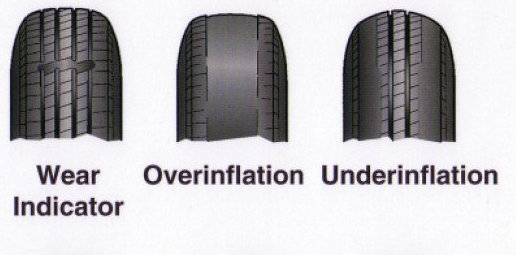 We’re always working to identify new ones, so let’s talk!
We’re always working to identify new ones, so let’s talk!
Available Territories
Get in Touch
Let’s Talk
*Auto Care Factbook, published by Auto Care Association, 2021
One of the most important elements of a bicycle, the importance of which many riders underestimate when choosing, are tires. After all, it is they who ensure the safety of movement, good grip and comfort when riding on various surfaces, including snow or ice (if you buy winter tires for a bicycle). The better and better the bike tires are, the safer your ride will be. A good tire will provide you with excellent traction and will last you for years to come. But how to choose high-quality and at the same time inexpensive tires, which tires are suitable specifically for your bike and is it worth chasing well-known manufacturers? And since this topic is of interest to many lovers of two-wheeled vehicles, we decided to find out what is better to “shod” your bike.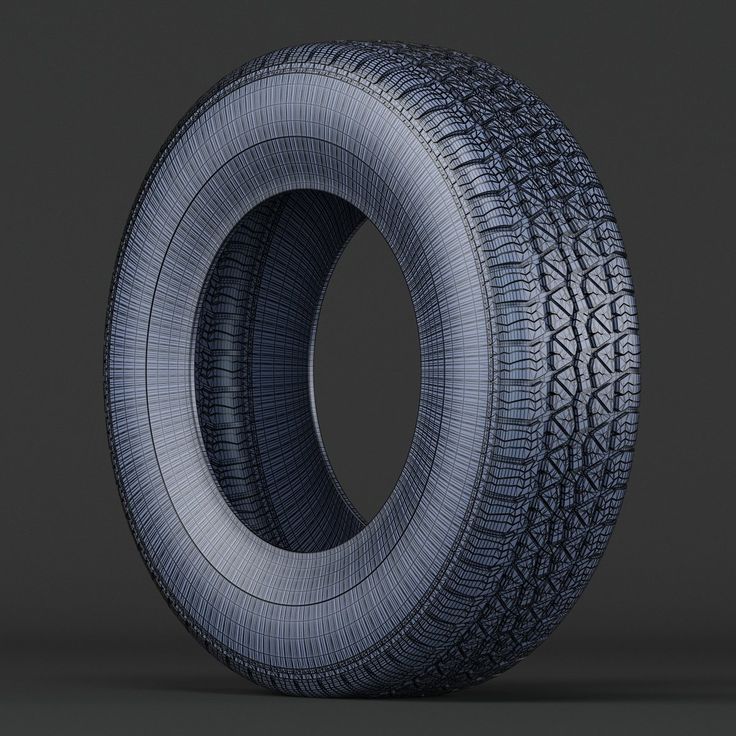 In this article, we will answer these questions and, in addition, we will tell you what the marking on a bicycle tire means, what they are, types of bicycle tires, their sizes and what materials they are made of. 9Ol000 topic
In this article, we will answer these questions and, in addition, we will tell you what the marking on a bicycle tire means, what they are, types of bicycle tires, their sizes and what materials they are made of. 9Ol000 topic
Manufacturers offer a huge selection of products under various labels, which is very difficult for an ignorant person to understand. If you need to buy a tire for a bicycle, then two basic requirements must be met - the tire must fit the size of the wheel rim and match the characteristics for the chosen method of movement. The latter is no less important than the tire size for the bike. After all, the wrong type of bike tire can lead to a completely different behavior of the bike when riding. This is important both at the initial stage to ensure safety, quick learning, and at the stage of improving your skills.
Each type of tire can be made in different versions, using special technologies and materials.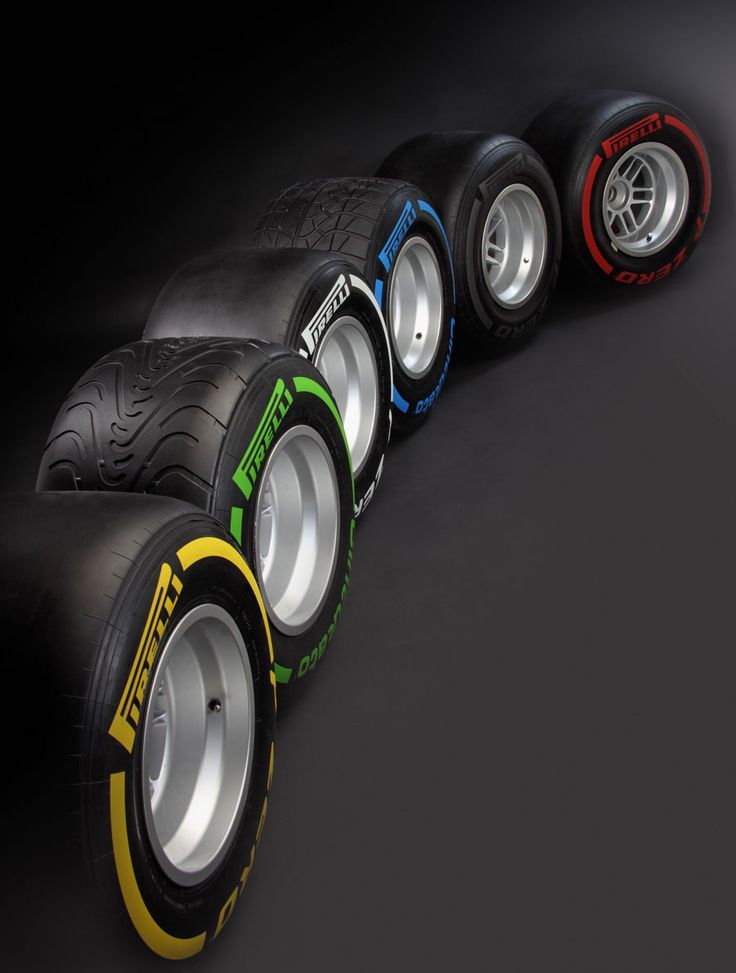 A good tire can be either with or without a tube. They are also fixed in several ways. Sports, road tires are often glued to the rim for durability, as they are not wide and can easily pop out of the metal groove of the wheel or spin in it under heavy loads. Most tires are held by pressure and an increase in their geometric dimensions.
A good tire can be either with or without a tube. They are also fixed in several ways. Sports, road tires are often glued to the rim for durability, as they are not wide and can easily pop out of the metal groove of the wheel or spin in it under heavy loads. Most tires are held by pressure and an increase in their geometric dimensions.
Front and rear tires may differ. If tight contact with the ground is required for steering, then maximum torque efficiency must be ensured at the rear. For this reason, the front wheel can have a smooth middle with aggressive studs on the sides, the rear wheel can have the optimal size of the studs to hold the bike, and with the help of a tread with directional notches, ensure its fast acceleration and movement.
Products are divided into the following types:
Translated from English, the term means "smooth". The tire either has no tread at all, or it has a small height. The tires provide maximum contact on smooth, even road surfaces and are light in weight. Designed for movement on prepared tracks and are mainly installed on road bikes. Allow to develop the maximum speed on a plain smooth surface. You can’t use them for off-road walking, for performing complex freestyle elements, tricks. Such tires, due to the absence of a tread, have minimal rolling friction resistance, which greatly facilitates pedaling. Buying slick bike tires is only worth it if your route is 100% clean pavement. Any off-road trip is fraught not only with poor handling, but also with increased chances of breaking a wheel due to a smaller contact patch, and, accordingly, increased pressure on the tire.
Designed for movement on prepared tracks and are mainly installed on road bikes. Allow to develop the maximum speed on a plain smooth surface. You can’t use them for off-road walking, for performing complex freestyle elements, tricks. Such tires, due to the absence of a tread, have minimal rolling friction resistance, which greatly facilitates pedaling. Buying slick bike tires is only worth it if your route is 100% clean pavement. Any off-road trip is fraught not only with poor handling, but also with increased chances of breaking a wheel due to a smaller contact patch, and, accordingly, increased pressure on the tire.
The middle part of the tire has a slightly pronounced tread with water-repellent grooves, and the sides are equipped with lugs that help with turns, provide reliable contact with uneven, bumpy surfaces. The products belong to the category of universal tires, suitable for both driving on asphalt roads and when driving on natural ground. When selling a bicycle, it is often equipped with just such tires.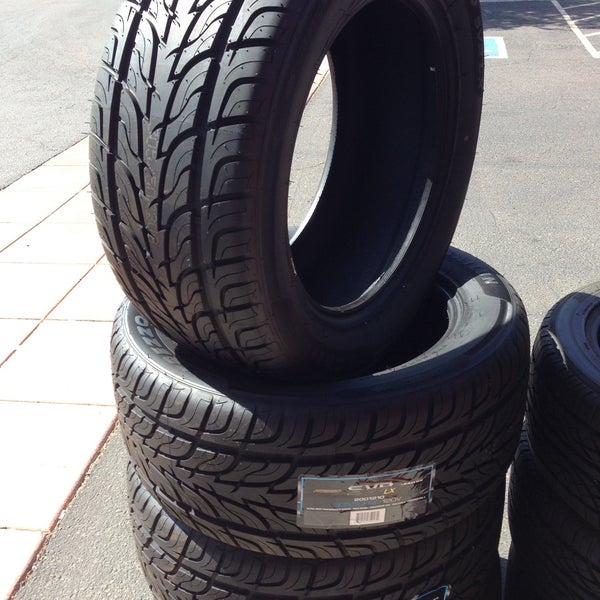 So if your route is both tarmac and light off-road, semi-slick bike tires are the best choice for you.
So if your route is both tarmac and light off-road, semi-slick bike tires are the best choice for you.
The species is divided into several categories according to the shape and size of the tread. Tire with small spikes is suitable for trips on equipped dirt roads. Off-road driving involves the installation of products with a powerful, aggressive tread. A special version of tires is offered for movement on sand, snow. But it is worth noting that bicycle tires with a large tread are completely unsuitable for city driving. They are heavier than semi-slick ones, and due to the high tread they will create additional resistance when driving.
Just like for cars, there are also winter tires for bicycles. They are very soft with an aggressive tread, and metal spikes are often installed in them for driving on ice. Because of their features, they show themselves perfectly in winter, but in summer they will become unusable very quickly. Therefore, for the winter and summer seasons, you will definitely have to buy two different sets of tires.
Therefore, for the winter and summer seasons, you will definitely have to buy two different sets of tires.
According to the installation method tires can be clincher, tubular and tubeless.
Clincher is any tire with a bead that secures it to the rim. This type of bicycle tires can be installed both on classic, with smooth sidewalls, and on rims with special hooks-locks, while the lock on the rim and the counterpart on the tire must match. There are also single-tube clincher bike tires that have a special protrusion for fixing on the rim.
Expensive road bikes fitted with tubular tires which are glued to the rim. Very light and durable. The latter is ensured by the high filling density of cord threads (up to 320 TPI), which also significantly reduces the risk of puncture.
tubeless tires for bicycles are also popular, but before choosing and installing them on a specific bike model, you should consult with a specialist.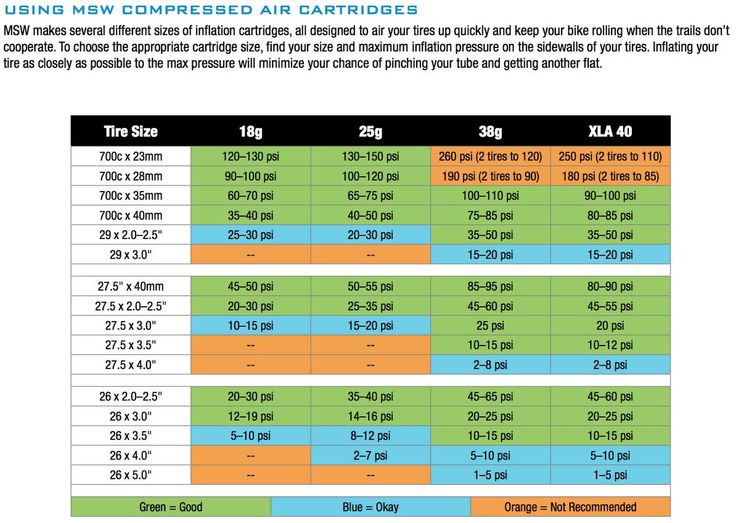 This is due to the fact that a special rim with a high side is needed for installation. It is not recommended to purchase them for standard wheels. The sides of this type of tire are glued for additional sealing. Although they are quite practical in operation, they have a slightly lower weight compared to conventional ones, plus they can be repaired without removing them from the rim. Also, high-quality tubeless bicycle tires are quite resistant to punctures.
This is due to the fact that a special rim with a high side is needed for installation. It is not recommended to purchase them for standard wheels. The sides of this type of tire are glued for additional sealing. Although they are quite practical in operation, they have a slightly lower weight compared to conventional ones, plus they can be repaired without removing them from the rim. Also, high-quality tubeless bicycle tires are quite resistant to punctures.
Tubeless tires filled with flexible plastic foam are mainly used in the production of tires for recreational and children's bicycles.
You can find different colored tires for bicycles on the market, but this variety does not affect the quality and technical characteristics. A design solution supported by technological capabilities, nothing more. But if you have a desire to emphasize your individuality, stand out from the rest of the cyclists, or you do not like the standard black color of your tires, then choosing colored bicycle tires is your option.
The evolution of production has taken place in the last 20-30 years. Not so long ago, there was no such choice of products of this class in stores. Today it has become technologically possible to produce tires for special purposes, optimally meeting the tasks. Despite some features, the basic elements of tires are as follows:
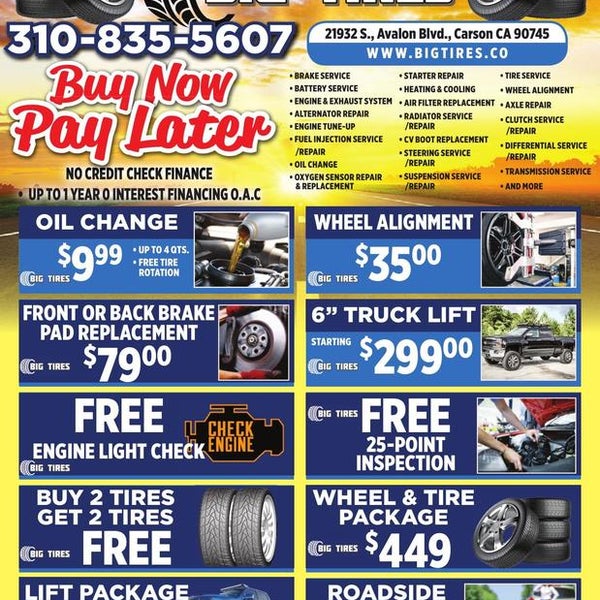 It is measured in TPI, stitches per inch. Whereas in conventional tires this value can be 24-67 stitches, road bicycle tires have twice as many weaves, up to 130. In professional racing models, the number of stitches can reach up to 320 stitches per inch;
It is measured in TPI, stitches per inch. Whereas in conventional tires this value can be 24-67 stitches, road bicycle tires have twice as many weaves, up to 130. In professional racing models, the number of stitches can reach up to 320 stitches per inch; Natural or artificial rubber, as well as composite materials, can be used as an elastic base in the manufacture of tires. Natural raw materials are more durable, but production difficulties and natural volume limitations make the cost of production significantly higher. Synthetic materials are cheaper. Progress in bicycle tire production technologies allows some artificial materials to come close to the quality indicators of natural rubber, and even win in some positions.
The elasticity of the rubber or compound is of great importance. For wide touring and winter tires, which are mainly used on mountain bikes, manufacturers use soft compounds. Elastic tires ensure good contact between the wheel and the road surface. Tires for high-speed road bikes are made from denser, stiffer materials. They have a smaller width, more pressure and a correspondingly smaller contact area, which gives less resistance when driving. Therefore, sports tires are made light, durable, tough. They are ideal for racing, but uncomfortable and unsafe for walking routes on unprepared trails.
As for the “skeleton” of a bicycle tire, it can be made of synthetic, Kevlar or steel threads (which has recently become rare). Steel cord tires are the cheapest and heaviest of all. Mainly used on old type bicycle tires. The disadvantages also include the likelihood of a puncture of the chamber in case of cord wear (thin metal threads begin to climb out of the tire carcass and pierce the chamber). Synthetic cord is the golden mean between steel and Kevlar. Lightweight, and with an adequate price tag, but less durable than Kevlar. Tires with Kevlar threads, unlike synthetic ones, have much greater strength, so the best brands of tires are made using them. The only drawback of the material is its cost. These tires pay off with durability, light weight, strength, ease of storage and transportation. Kevlar is used both as a cord in the body of the product and as a safety cable. It is quite difficult to decide which tire is better, with a Kevlar cord or a synthetic one. If the budget allows or you plan to take part in cycling, then most likely you should take Kevlar, and for ordinary rides, a synthetic thread will do.
Synthetic cord is the golden mean between steel and Kevlar. Lightweight, and with an adequate price tag, but less durable than Kevlar. Tires with Kevlar threads, unlike synthetic ones, have much greater strength, so the best brands of tires are made using them. The only drawback of the material is its cost. These tires pay off with durability, light weight, strength, ease of storage and transportation. Kevlar is used both as a cord in the body of the product and as a safety cable. It is quite difficult to decide which tire is better, with a Kevlar cord or a synthetic one. If the budget allows or you plan to take part in cycling, then most likely you should take Kevlar, and for ordinary rides, a synthetic thread will do.
When choosing a tire, pay special attention to the markings. A single international standard approved by the European technical organization for tires and rims ETRO. It is designated by the abbreviation ISO and has two numbers, the first of which indicates the tire width, and the second is the rim diameter. Most often, the manufacturer puts the designation on the side of the tire. However, often you will not see standard markings there. The size is indicated in inches and their fractions, and does not always correspond to the actual dimensions of the product. In this case, it is necessary to show the product to the seller when buying, or in extreme cases, rewrite the alphanumeric value.
Most often, the manufacturer puts the designation on the side of the tire. However, often you will not see standard markings there. The size is indicated in inches and their fractions, and does not always correspond to the actual dimensions of the product. In this case, it is necessary to show the product to the seller when buying, or in extreme cases, rewrite the alphanumeric value.
4 types of rims are considered standard: 406 mm, 507 mm, 559 mm and 622 mm, although there are actually many more.
However, there are 6 types of tires. The discrepancies are caused by the method of measurement. Tires are measured by outside diameter. They come in 20 (used mainly for children's or BMX bikes), 24, 26, 27.5, 28 and 29 inches. In other words, this is an analogue of the profile indicator when designating automobile tires. The intended purpose involves different dimensions of products with the same seat. So road bikes are characterized by low-profile tires. Cross-country driving will be safer and more efficient with large, low-pressure tires.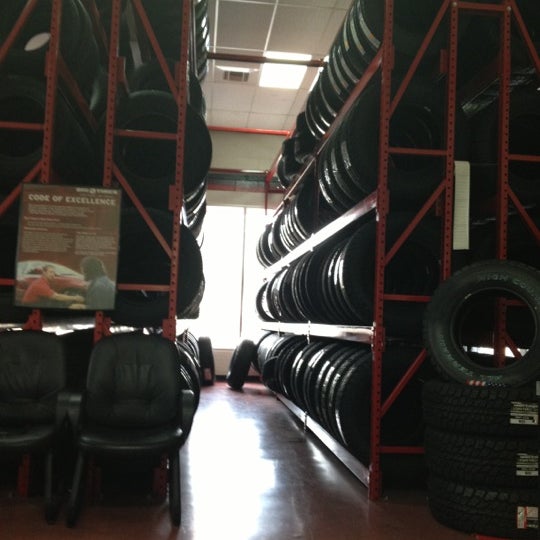 Traditional designations 27.5, 28, 29inches are for 622mm ISO rim.
Traditional designations 27.5, 28, 29inches are for 622mm ISO rim.
The second defining value is the tire width. Some sports models for traditional disciplines have a value of less than 2 cm. Mountain bikes, tourist bikes can be equipped with tires more than 5 cm wide. Well, fat bikes have the widest tires. Often, tire width is also given in inches as a diameter (for example, 26×2.1, where the first number is the diameter and the second is the width). When buying, you should pay attention to the trade article on the sidewall. On it, you can get more complete information on the manufacturer's website or in the documents for the goods from the seller. For example, the softness of rubber, composition and some other characteristics are not always indicated on the product itself. They can be important for solving specific problems, or for buying tires that are optimal for starting classes and teaching those who want to master the skill of cycling. They need a softer and more elastic tire.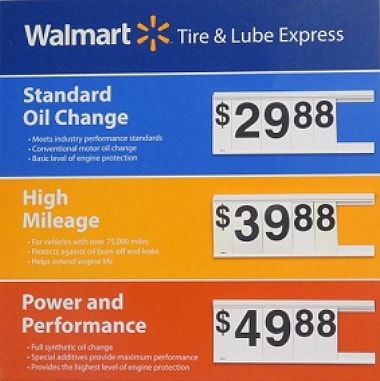 Which brand will be specifically chosen is not so important.
Which brand will be specifically chosen is not so important.
Well, the third parameter is the maximum pressure for which the tire is designed.
It should be noted that almost all models of bicycle tires have an indication of the direction of rotation of the wheel. They must be placed in the direction of the arrow, which is usually applied to the side surface of the case.
With a huge selection of products on the market, there are undoubted leaders among manufacturers whose products are in the lead in terms of sales. These include the following brands:
 Many of the leading bike manufacturers stock these tires in their base models;
Many of the leading bike manufacturers stock these tires in their base models;  The choice is not very large, but all tires are characterized by positive ratings from experts and amateurs;
The choice is not very large, but all tires are characterized by positive ratings from experts and amateurs; In addition to the listed companies, you can see dozens of other brands, with varying degrees of popularity and product quality. Some of them are well worth buying. You don't have to pay for a big name.
Before buying tires, you need to decide on your goals. This is influenced by the level of training, and the place to ride, and even the model of the bike. Taking expensive, professional tires is not always wise.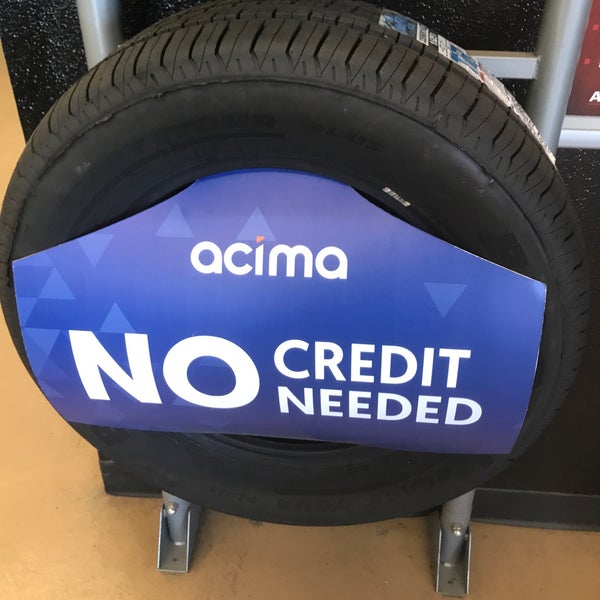 Their operation implies good training of the athlete and high-quality special equipment. For a beginner on a regular bike, semi-slicks with a width of 35-40 mm are perfect. The versatility of the product will allow you to quickly master the basic techniques of controlling a bicycle. Good grip on any surface will make it possible to ride on the roads, in parks, on special sites.
Their operation implies good training of the athlete and high-quality special equipment. For a beginner on a regular bike, semi-slicks with a width of 35-40 mm are perfect. The versatility of the product will allow you to quickly master the basic techniques of controlling a bicycle. Good grip on any surface will make it possible to ride on the roads, in parks, on special sites.
Professional athletes do not need advice. Years of experience and knowledge allow them to determine exactly what they need. But amateurs should not be guided by their choice. What is good for a specialist may be unacceptable for an amateur. For example, single-tube tires used for road racing are difficult to install and require skill and experience to realize their potential. This is achieved through many years of practice.
If a tourist trip is planned on difficult, rocky ground, or in a forest area where you can run into unexpected obstacles, tree roots, then preference should be given to wide studded tires with a high profile. Buying a super-dense, professional-quality cross-country tire is not a good idea for a beginner. It is practically not prone to punctures, has excellent tenacity, but is absolutely uncomfortable for walking.
Buying a super-dense, professional-quality cross-country tire is not a good idea for a beginner. It is practically not prone to punctures, has excellent tenacity, but is absolutely uncomfortable for walking.
When you want to continue training in the winter, you need to purchase tires with a specialized tread. They are produced in two types: with and without metal spikes. In the second case, grip is provided by the shape of the tread and the special properties of rubber. Winter tires are more expensive than regular tires. Depending on the region, the period of operation can be from 2-3 months to six months. Then I follow again to change tires for summer. Each user decides whether it makes sense to do this. Sometimes it’s not the price that scares away athletes, but not the comfort and insecurity of training during the frosty period.
The price category is quite large, but the cost is not the main indicator of the quality required at this stage. It makes no sense to overpay for a brand or buy products with special qualities that cannot be used. Today, specialized salons have a manager or consultant on staff who can be consulted before purchasing a product. You can take the advice of experienced users from among friends. The best option would be testing. If it is possible to try different types of tires, this will make it possible to determine the desired quality, relying on the individual capabilities and preferences of the potential buyer.
Today, specialized salons have a manager or consultant on staff who can be consulted before purchasing a product. You can take the advice of experienced users from among friends. The best option would be testing. If it is possible to try different types of tires, this will make it possible to determine the desired quality, relying on the individual capabilities and preferences of the potential buyer.
One more nuance should be taken into account by residents of cities where it is supposed to move. The excellent technical characteristics of natural rubber can be reduced to zero with prolonged exposure to petrochemicals, road chemicals. Artificial rubber and composite are resistant to these aggressive environments, and tires made from these materials can last a very long time without loss of quality.
If you buy a tire for a bicycle offline, in a bike shop, then be sure to check the quality of the rubber, especially if it is from an unknown manufacturer. To do this, you can press hard and run your finger along the sidewall of the bike tire.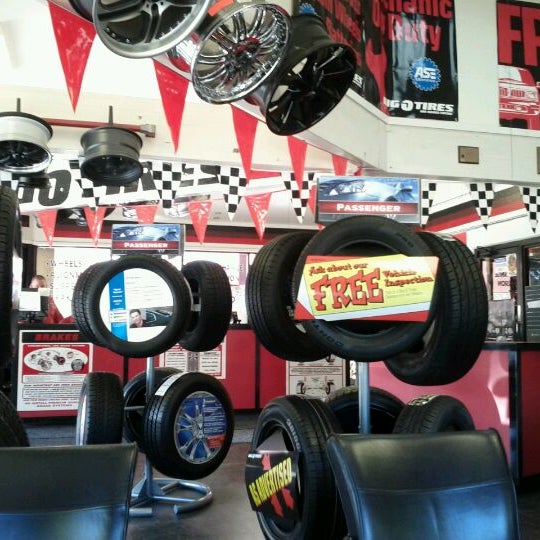 If the tire is of high quality, then the finger will remain clean, without black marks. You can also check the elasticity of a bicycle tire. To do this, pull on the remaining hair after casting. It should stretch a little. Well, in general, inspect the tire visually for casting defects.
If the tire is of high quality, then the finger will remain clean, without black marks. You can also check the elasticity of a bicycle tire. To do this, pull on the remaining hair after casting. It should stretch a little. Well, in general, inspect the tire visually for casting defects.
Anti-puncture tape for bicycle tires can often be found for sale on Aliexpress or in online stores. This is a strip of elastic, hard rubber that is inserted between the tire and the bicycle tube. After reading the reviews on this product, we can conclude that its purchase is not advisable. Not only does the anti-puncture layer increase the weight of the bike, but it can also damage the camera if it jams the latter. The use of good, high-quality tires with a non-worn tread is already pretty good protection against punctures, and on long trips we still recommend that you carry a spare tube and patches with you. Therefore, the purchase of an anti-puncture layer, in principle, is not needed. Well, it's up to you to decide.
Below we have added a couple of videos on how to choose bicycle tires and decide on their size.
What can be summed up. First, if you decide to buy a tire for your bike, then you should consider the size of your rim, the terrain where you will be riding and the style of riding. For the city, it is better to choose slicks (if you have a road bike) or semi-slick tires (if you occasionally go to the dirt road), but for off-road, mud tires for MTB will show themselves best. You should also decide on the width of the tire, the wider it is, the better the grip and control, but the harder it is to pedal. For ordinary bike rides, it makes no sense to take expensive tires made of natural rubber and Kevlar cord (but you should not take a metal cord either).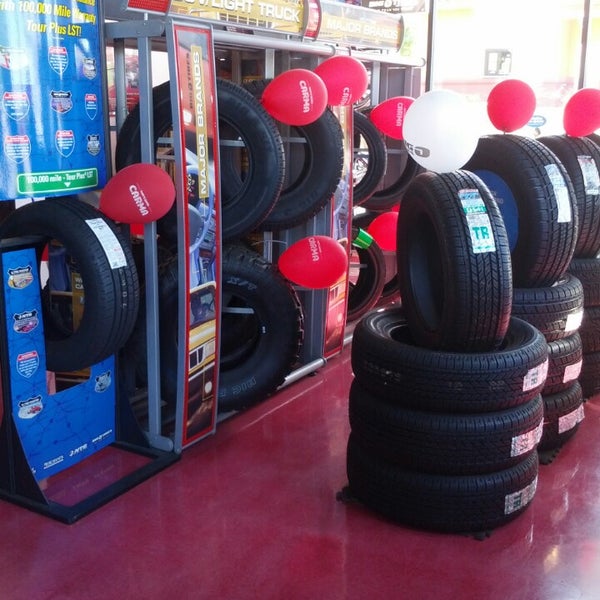 The best option would be an artificial compound with synthetic threads. Well, choose tires for a bicycle from well-known manufacturers who have proven themselves to be of high quality. Last but not least, if you're not sure which tire is right for your bike, feel free to ask a sales consultant. After all, it is better to buy what you need right away than to return the goods back to the store.
The best option would be an artificial compound with synthetic threads. Well, choose tires for a bicycle from well-known manufacturers who have proven themselves to be of high quality. Last but not least, if you're not sure which tire is right for your bike, feel free to ask a sales consultant. After all, it is better to buy what you need right away than to return the goods back to the store.
A car tire has a complex structure and a specific rubber compound that protects the tire from impacts and retains its shape under high loads. The design of the wheel consists of several strength frames - metal wire and nylon thread, they keep the rubber on the trajectory during intense and dangerous driving.
Any kind of damage can result in negative consequences that will affect driving safety and stability on the road. And if the majority of punctures can be repaired in the service or repaired by oneself, then the side cut of the tire often forces one to resort to a complete tire replacement.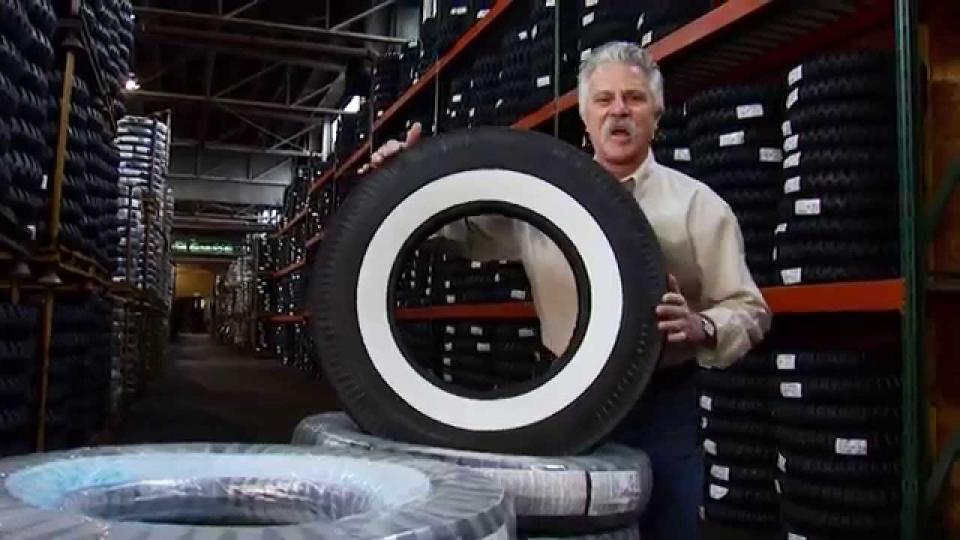 Riding on damaged tires in the usual mode is extremely dangerous. How to fix a tire so that you can ride comfortably without consequences, and is it possible to seal or repair a cut tire? We will answer these and other relevant questions for motorists in this material.
Riding on damaged tires in the usual mode is extremely dangerous. How to fix a tire so that you can ride comfortably without consequences, and is it possible to seal or repair a cut tire? We will answer these and other relevant questions for motorists in this material.
Modern services can repair a tire after a front or side puncture. You can repair a tire, thanks to the universal set of a motorist, with your own hands. It is enough to seal the hole with a special tourniquet.
Is this type of damage dangerous and should it be replaced? Only the master can unambiguously answer the question, having studied the lateral damage. The specialist will determine the nature of the puncture that needs to be repaired and offer a complete tire replacement or repair. It is inexpedient and dangerous to close up a large puncture, due to which the tire is deformed.
To determine how to close a side cut, you need to study the type of damage:

Sealing a cut on a tire is much more difficult than a normal repair, so it is often necessary to perform an involuntary replacement of tires. Repairing the wheel is impossible due to side wires and threads that break under side load. Taping and repairing lateral damage will not help repair the threads. Any obstacle or potential contact with a bump at high speed will have the adverse effect of bursting the tire due to the load, resulting in a dangerous loss of control.
A side cut is less dangerous than a longitudinal cut. However, not every defect requires replacement. Masters will be able to repair tires if the deformed area placed along the carcass threads does not exceed 50 mm. The possibility of repair is also available if the side cut located across the tire threads is less than 30 mm.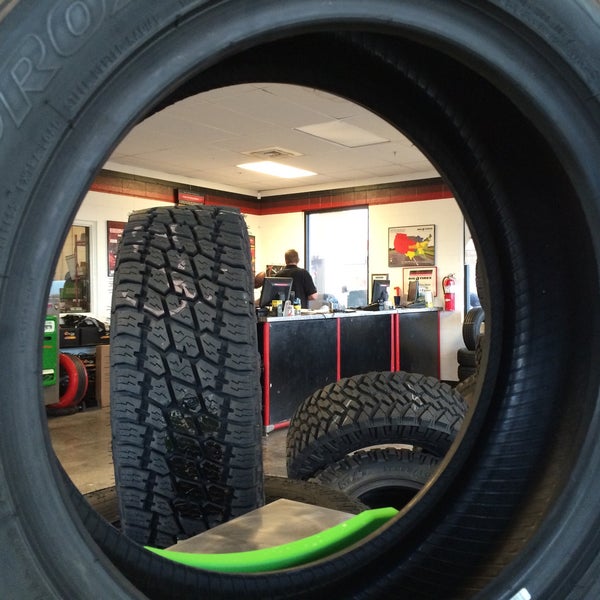 However, we do not recommend doing repairs in this case with your own hands. To preserve the protective properties and avoid possible negative consequences, it is necessary to use professional equipment.
However, we do not recommend doing repairs in this case with your own hands. To preserve the protective properties and avoid possible negative consequences, it is necessary to use professional equipment.
Should cuts be repaired? A popular question for motorists who are faced with a choice is whether to seal a defect or replace a wheel. The possible consequences of cuts scare car owners, but do-it-yourself repairs are more attractive because they are cheaper than buying fresh tires.
To avoid dangerous consequences, sealing small and large side cuts is prohibited if you need to repair more than 10 cords and close up a hole larger than 30 mm. It is possible to repair tires for passenger cars with a side cut of the tire if it is a shallow scratch.
Driving with a cut in a tire is not safe. The degree of risk depends on the nature of the damage and the experience of the specialist who will seal the seam. Before sealing the hole with your own hands or entrusting a restoration to a specialist, you should examine the lateral damage. Manufacturers recommend replacing tires if it is necessary to seal 20 mm or more. However, if it is possible to change a wheel, the opportunity should be taken as soon as possible. Since even a small defect is dangerous during the trip. During operation, a hernia is formed, which explodes if timely replacement is not made. If you drive on a tire with a side cut for a long time and do not do repairs in the service or with your own hands, there is a high risk of getting into an accident.
Manufacturers recommend replacing tires if it is necessary to seal 20 mm or more. However, if it is possible to change a wheel, the opportunity should be taken as soon as possible. Since even a small defect is dangerous during the trip. During operation, a hernia is formed, which explodes if timely replacement is not made. If you drive on a tire with a side cut for a long time and do not do repairs in the service or with your own hands, there is a high risk of getting into an accident.
In order to strengthen the structure of tires, manufacturers add several layers of metal cord to models. Also on the market there is a fabric cord, which includes fibers from nylon, which allows you to increase the strength of rubber. Therefore, in order to seal the tire in the service or repair it yourself in case of a puncture, it is necessary to use high-quality materials. If the recommendations for replacement are not followed, there is a high risk of dangerous and unpredictable consequences.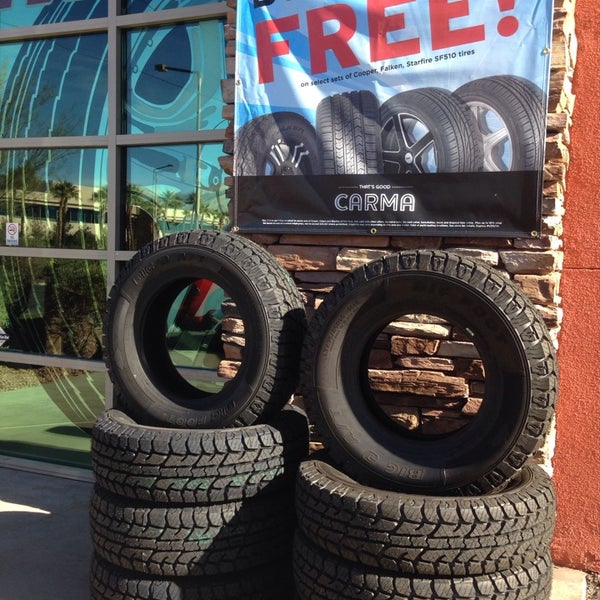
Summer Drive Protection Sound Comfort
Rating:
4.5
Tires Goodyear Eagle F1 Asymmetric 3 SUV
Summer Drive protection
Rating:
4.5
Tires Goodyear Eagle Sport TZ
Summer Drive protection
Rating:
4.5
Tires Goodyear EfficientGrip 2 SUV
Summer Drive Protection Run On Flat
Rating:
4.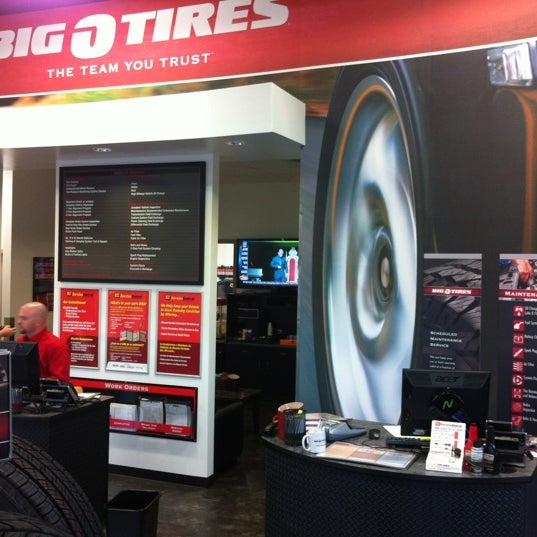 5
5
Tires Goodyear EfficientGrip Performance
Winter Drive protection
Tires Goodyear UltraGrip Arctic 2 SUV
Winter Drive Protection Sound Comfort
Rating:
4.5
Tires Goodyear UltraGrip Ice 2
Winter Drive Protection Sound Comfort
Rating:
4.5
Tires Goodyear UltraGrip Ice SUV
Winter Drive protection
Tires Goodyear UltraGrip Performance+ SUV
All season Drive protection
Rating:
5
Tires Goodyear Vector 4Seasons Gen-3 SUV
Summer Drive Protection Run On Flat
Rating:
4
Tires Goodyear Wrangler HP All Weather
All season Drive protection
Rating:
4.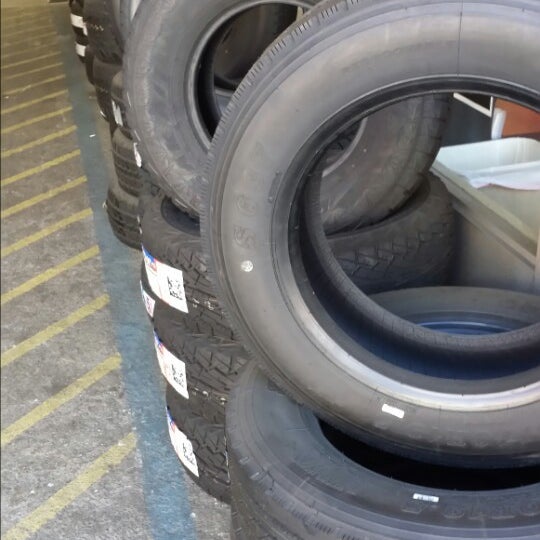 5
5
Tires Goodyear Vector 4Seasons
Summer
Rating:
4.5
Tires Goodyear Wrangler All-Terrain Adventure with Kevlar
Summer Drive protection
Rating:
4.5
Tires Goodyear EfficientGrip SUV
Summer Drive Protection Run On Flat
Rating:
4
Tires Goodyear Eagle F1 Asymmetric SUV
In order to reliably assess the consequences of tire deformation, before repairing the tire, contact a specialized center.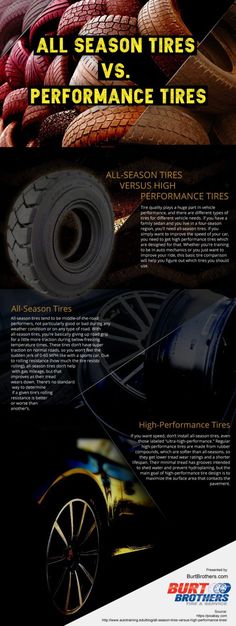 The masters will figure out whether it is possible to continue driving a car or whether it is worth replacing the rubber. The main inspection criterion is the width of the seam that needs to be repaired. It should be borne in mind that it is dangerous to close up and seal holes with a width of more than 40 mm with rubber mixtures.
The masters will figure out whether it is possible to continue driving a car or whether it is worth replacing the rubber. The main inspection criterion is the width of the seam that needs to be repaired. It should be borne in mind that it is dangerous to close up and seal holes with a width of more than 40 mm with rubber mixtures.
If the masters decide to restore the tire and make a patch, then the restoration process includes the following steps:
